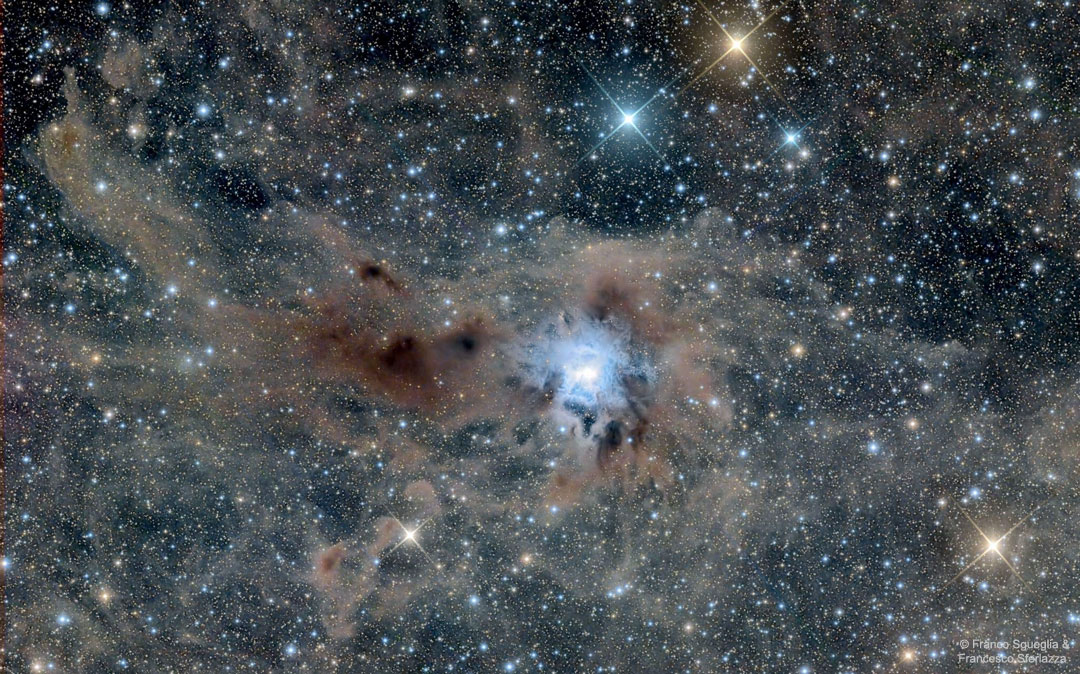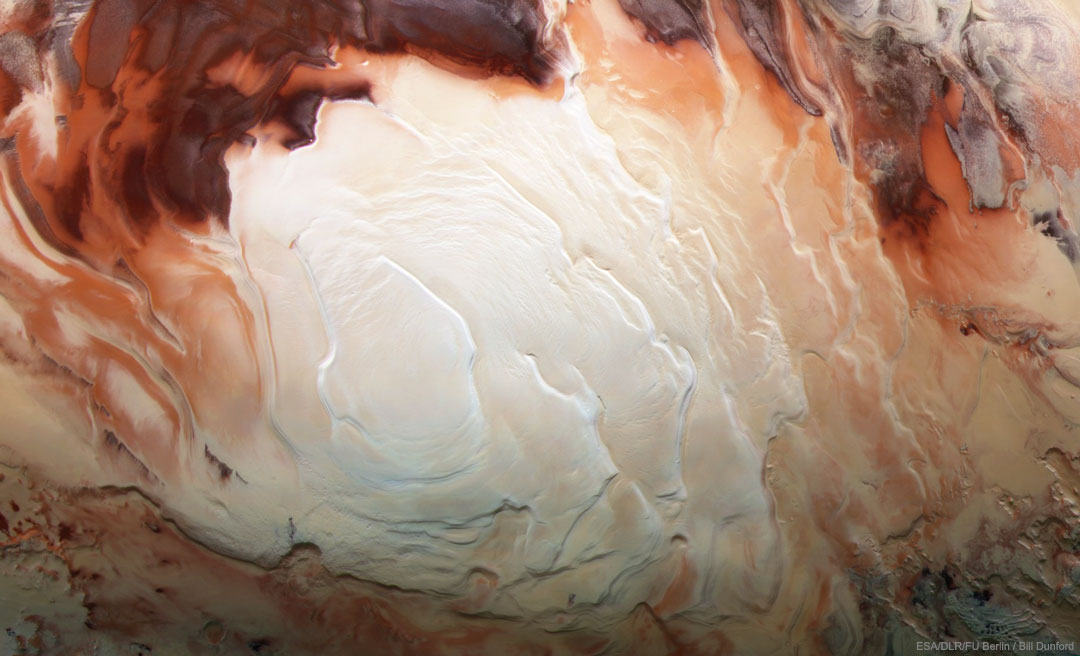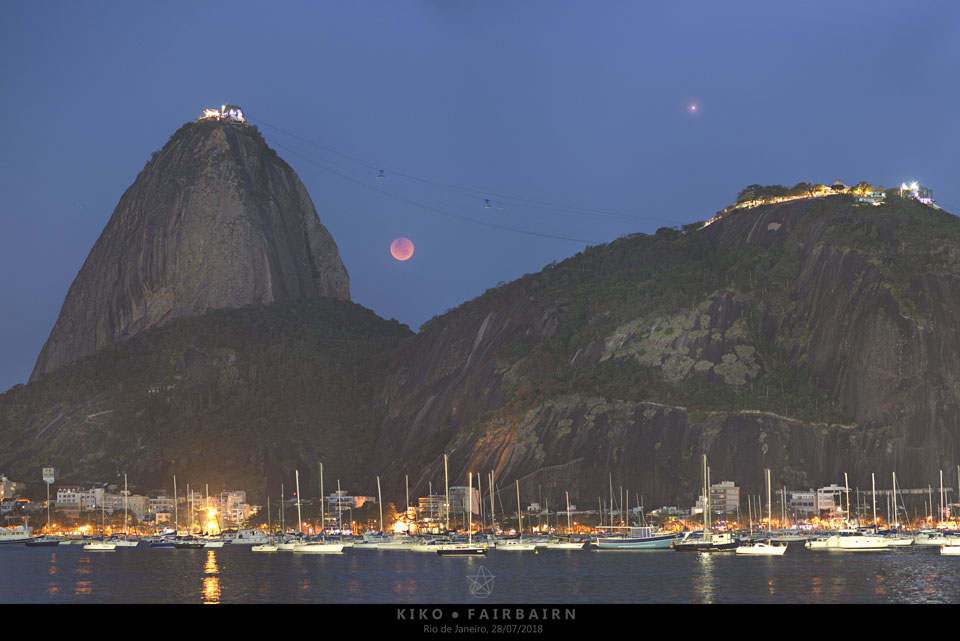Sonhar é uma das coisas mais estranhas que acontece com os seres humanos.
Pesquisas recentes conseguiram evidênciar sobre o que é sonhar.
A hipótese de que o sonho está ligado à vida em vigília foi sugerida por Sigmund Freud no início do século 20.
Deve-se ter em mente que sonhos são de dificil interpretação, uma vez que acontecem inteiramente na cabeça de uma pessoa e no momento em que ela não consegue comunicar com outros.
Para estudar o assunto, uma equipa de pesquisadores do Laboratório do Sono da Universidade de Swansea, no Reino Unido, recrutou 20 estudantes voluntários que passaram muitas noites no Laboratório do Sono, onde permaneceram monitorados por métodos de eletroencefalogramas não invasivos.
Desta forma, os cientistas foram capazes de observar e registar a atividade das ondas cerebrais associadas ao sono, concluindo que sonhos com maior impacto emocional eram mais prováveis de serem incorporados ao sono do que sonhos tediosos e inebriantes.
Jornal Ciência







